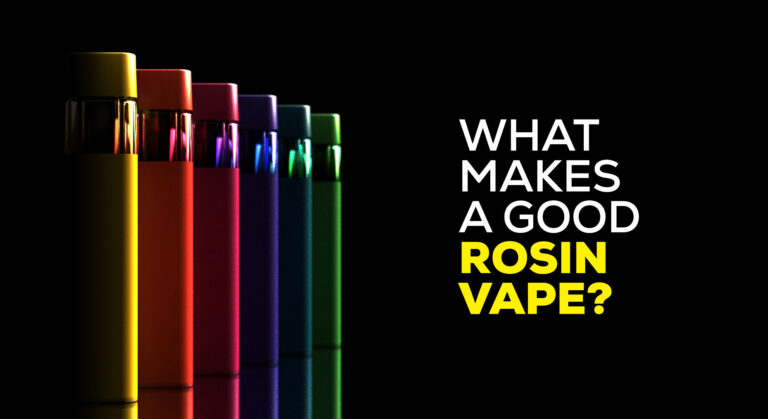Reprint from the original article at GreenEntrepreneur.com
While the cannabis industry and regulators have focused on testing the concentrates in vaporizers, they have done minimal testing on the actual aerosol (or vapor) produced by these devices. Shouldn’t we also be making sure that the vapor users inhale is safe?
Thankfully, one state is taking the lead on this issue: Colorado. The Colorado Marijuana Enforcement Division recently announced new regulations that will go into effect at the start of the year requiring testing on emissions. Here is why that is so important.
You don’t know what you’re vaping
The combination of fluid mechanics, thermodynamics, and chemistry causes a change of state called vaporization.
A simple example of vaporization is boiling water. When water reaches its boiling point of 212ºF, the molecules move so rapidly that they break free of the attractions that hold them together in the liquid state. The result is vaporization, as the liquid becomes a gas. The temperature of the boiling water remains constant until all the liquid turns to steam.
Now let’s go back and compare this process to heating cannabis oil. Oil is composed of big organic molecules containing long carbon chains. Unlike water, heating oil does cause molecules to stop attracting each other. Instead, the larger, fragile molecules break up. Oil has no boiling point, which makes it impossible to turn it into gas. But you can produce something similar to oil vapor, which consists of tiny droplets of liquid oil. We call this aerosol.
When a consumer inhales a cannabis vape, some substances in the concentrate undergo significant chemical reactions at certain temperatures, meaning whatever reaches the “boiling point” will no longer be the original substance.
The oil users are actually inhaling is completely different from the original oil, hence the need to test the emissions from these products.
Nicotine emission standards offer a model for cannabis
As it stands, we simply don’t have enough data or research to put together a list of emissions to test. This data needs to be generated and kept at the forefront of every cannabis industry business if we want cannabis products to be as safe as possible.
Fortunately, there’s a very similar starting point: nicotine vaping emissions. While nicotine vaping has only been around for a dozen years or so, significant research has been done and standards have been created. There’s no need to re-invent the wheel. Testing methods and protocols already exist, but we need to adapt them to cannabis vaping.
Standard test methods include emissions of VOCs (Volatile Organic Compounds), carbonyl compounds, nitrosamines, and heavy metals. We also know what the Thresh-old of Toxicological Concern (TTC) of these substances is. TTC is a concept that refers to establishing a level of exposure for all chemicals, whether or not there’s chemical-specific toxicity data, below which there would be no appreciable risk to human health.
As we understand more about cannabinoids and terpenes, we can build upon the existing methods.
The influence of hardware on emissions testing
Leaching is the process of a solute becoming detached or extracted from its carrier substance through a solvent. The speed of leaching can vary significantly depending on temperature.
We need to be aware of the impact of wetted materials or sub-components of the hardware that come into contact with the cannabis oil. These materials should be considered based on their chemical resistance and compliance with regulatory specifications, as required by the manufacturing process.
For example, if the center post of a cannabis cartridge is made of brass and exposed to cannabis concentrates, some of the lead in the brass can end up in the oil and subsequently in the aerosol.
This leaching is also impacted by the time during which the brass comes in contact with the oil. In the first three days of contact with the wetted material, leaching may not happen. But if you put that cartridge aside for say, 90 days, there will be leaching of lead into the oil. Testing for this is called stability testing.
Manufacturers can mitigate these potential issues by selecting the proper materials and doing the necessary research. For example, replacing brass with stainless steel is an important way to mitigate against leaching lead, as stainless steel does not contain lead.
Another important consideration is the assembly. Manufacturers need to make sure that during the building process, there’s no contamination of the raw materials on the finished product.
When it comes to cannabis, we need to focus on more knowledge to build a sustainable industry.
As the Greek historian Herodotus said:
“The only good is knowledge and the only evil is ignorance”.
Reprint from the original article at GreenEntrepreneur.com









